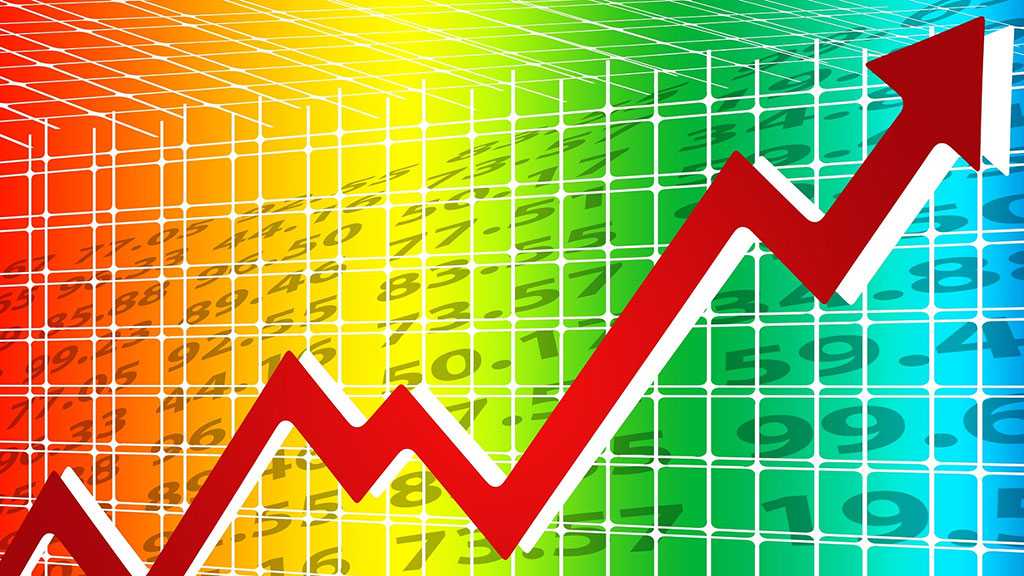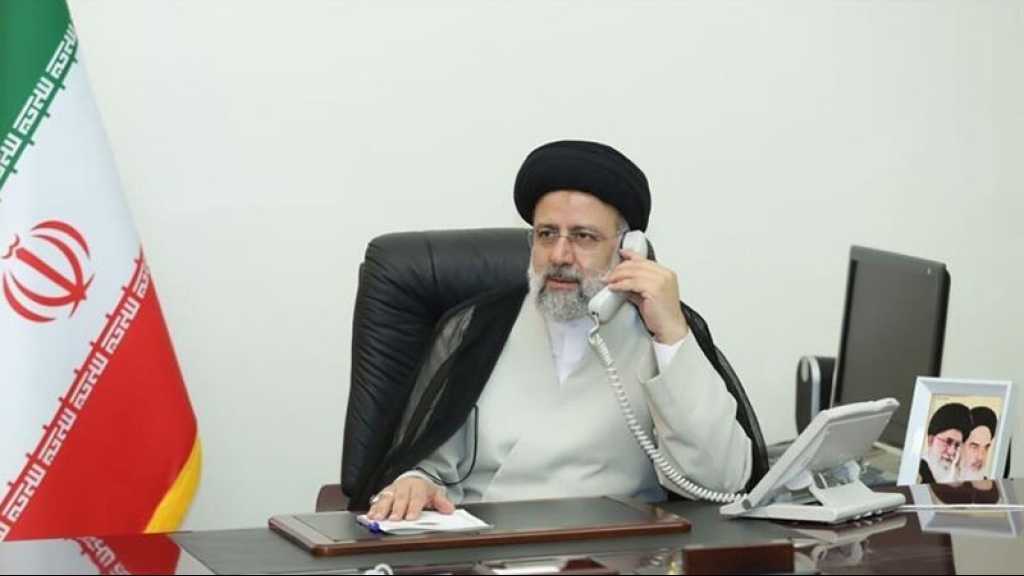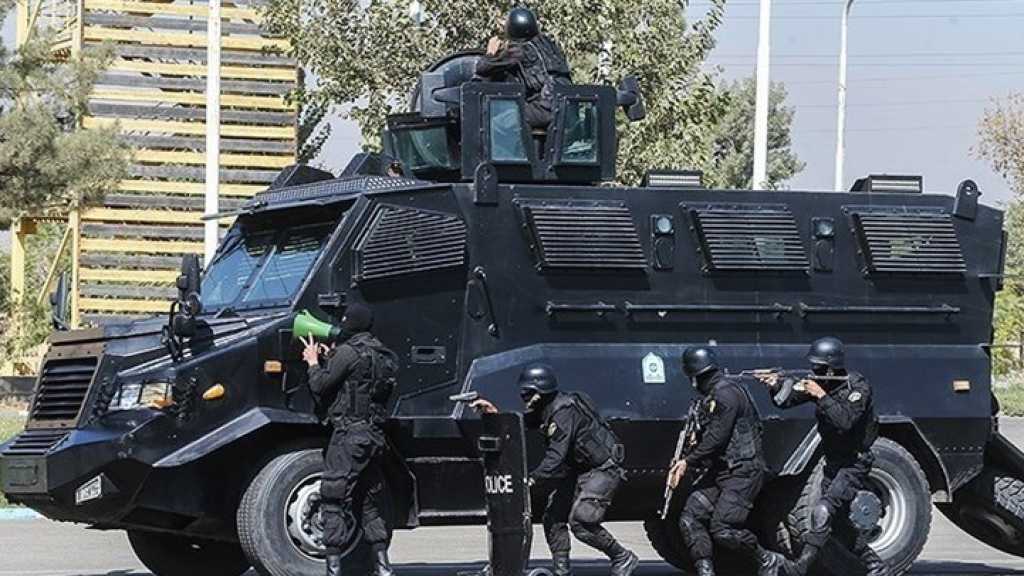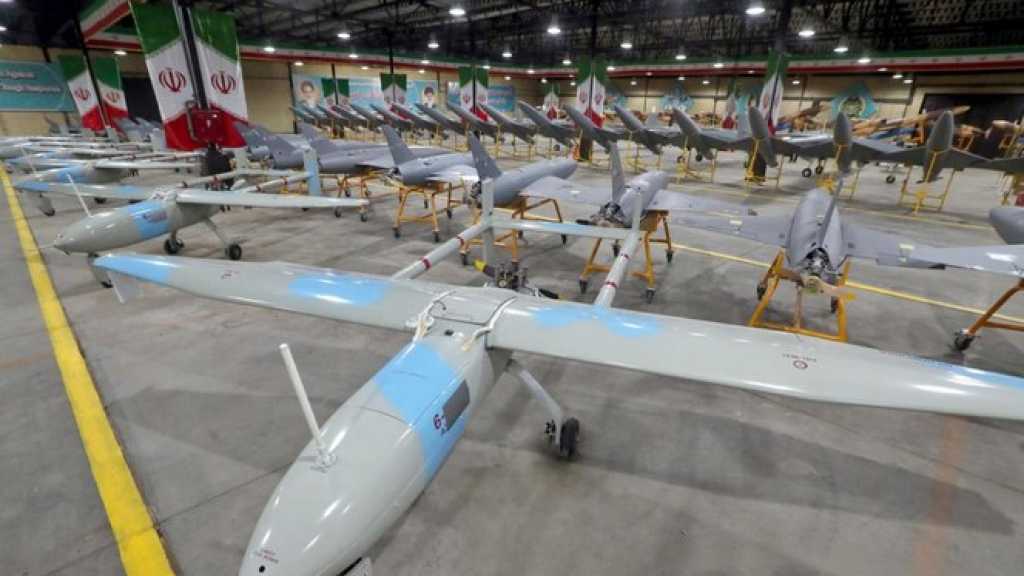
FT: Iran’s Stock Market Outstrips Global Rivals

By Staff, Financial Times
The stock market of Iran, for a long time dogged by US sanctions, has notched up a notable achievement: ranking among the world’s best performing over the past 12 months, as domestic investors seek refuge from rampant inflation.
A collapse in the rial against the dollar has triggered a huge spike in prices, with the official inflation rate at almost 43 per cent in the year to September. Banks’ interest rates have not kept up, which analysts say has pushed Iranians into stocks to protect the value of their savings.
This has triggered a big rally for the Tehran bourse, which had sold off in the final quarter of 2018 on fears of military conflict and economic stagnation. It is now up 73% in local currency terms over the past 12 months, outpacing any other global equity market tracked by Bloomberg.
“Iran’s bourse showed it can hedge against foreign currency risks and is the best market to guarantee people’s money with high dividends,” said the manager of a Tehran-based asset management firm, who asked not to be named.
The top 30 listed companies account for more than 60 per cent of the stock exchange’s market cap, according to local analysts – including the country’s top exporters of petrochemicals, steel and copper. These businesses generate foreign currency income, giving them protection from domestic economic stagnation.
Though the combined market value of the Tehran Stock Exchange and Iran Fara Bourse – the over-the-counter trading venue – has doubled in dollar terms over the past year, this total is some way below its 2014 peak. At that point, Iran had made an initial agreement to sign a nuclear accord with western powers and hopes for the lifting of banking and oil sanctions had jumped.
Analysts say the market is not yet at risk of crashing even though they expect some corrections in small- and medium-sized companies where price/earnings ratios have risen strongly. The SME segment tends to attract particular interest from ordinary Iranians looking to invest their savings.
Comments
- Related News



